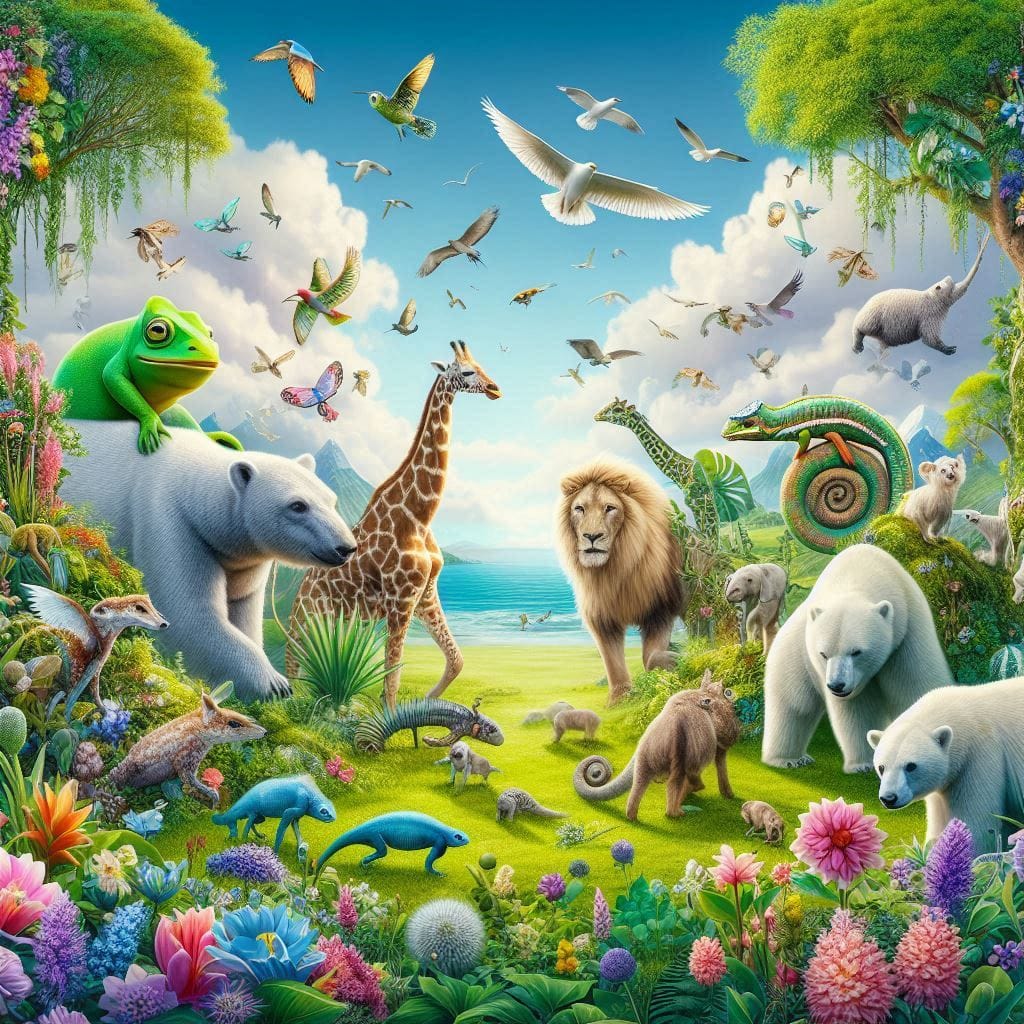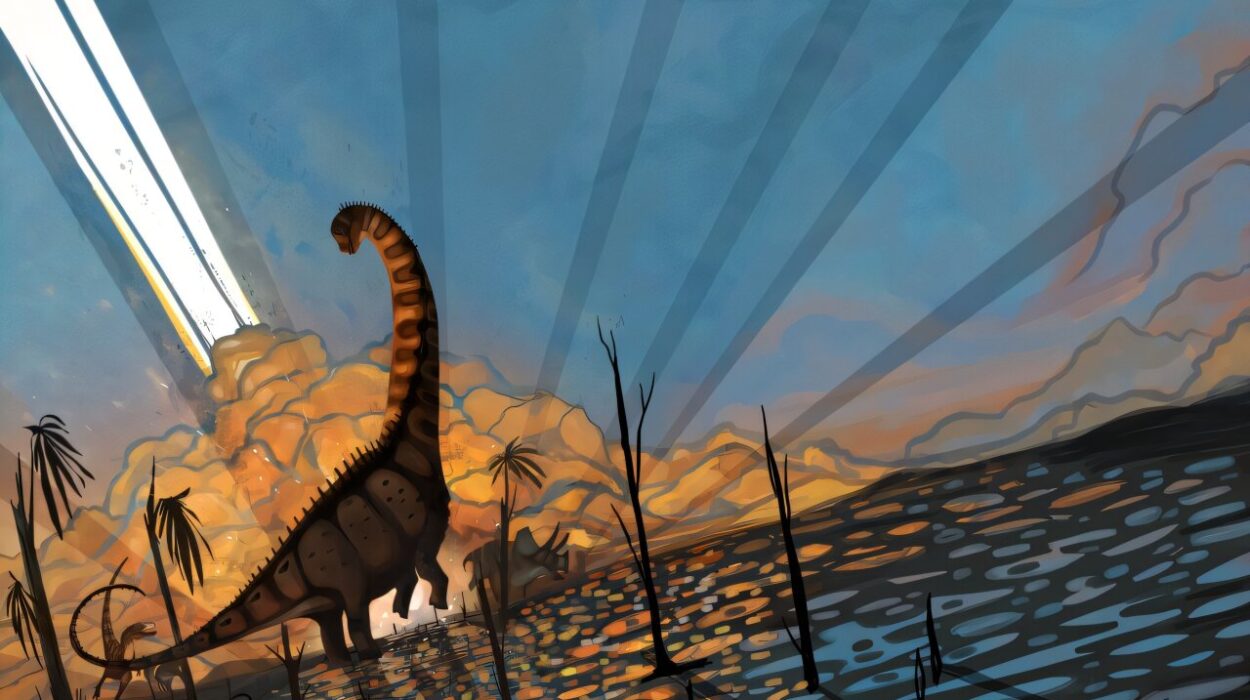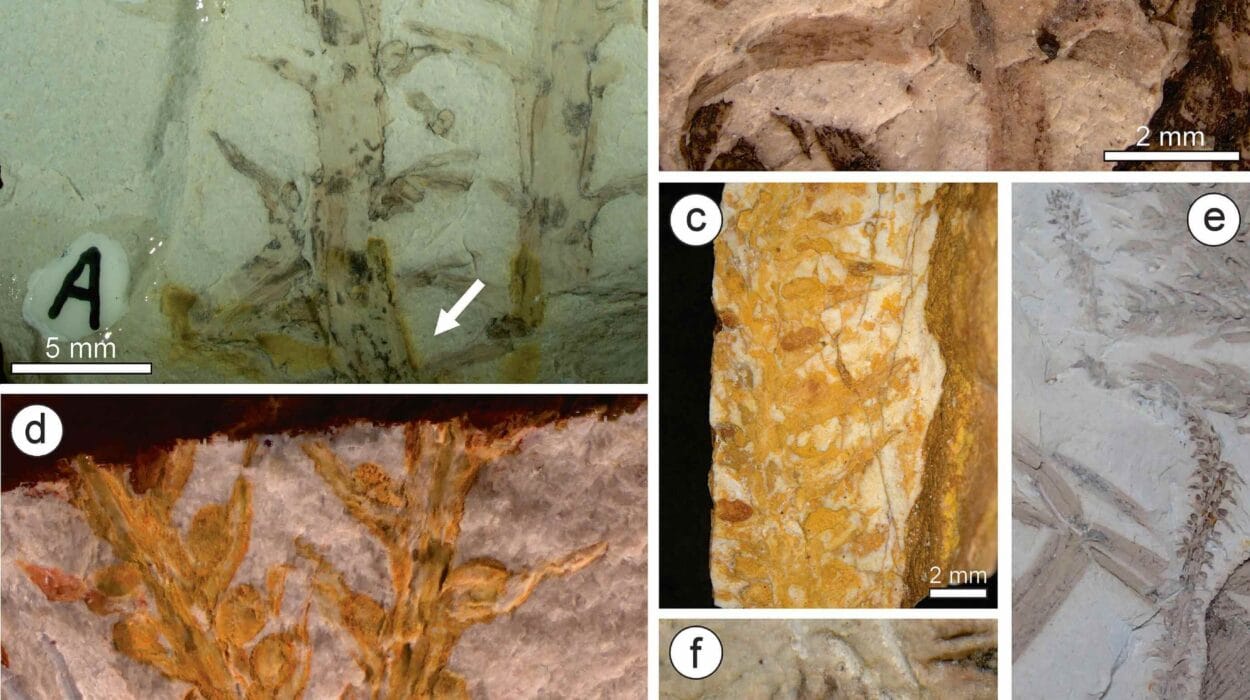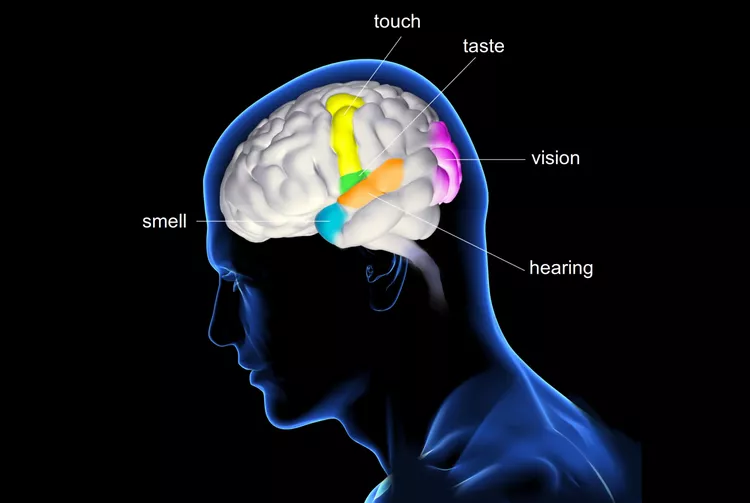Where did we come from? It is a question as ancient as thought itself. From the earliest myths whispered around tribal fires to the sophisticated theories that shape modern biology, humanity has always sought an answer. For centuries, the natural world was seen as static—unchanging, perfect, a reflection of divine order. Plants grew, animals roamed, and humans ruled, all exactly as they had since the dawn of creation.
But by the 18th and 19th centuries, something was beginning to shift. Fossils unearthed from ancient rocks showed creatures no longer walking the Earth. Patterns in anatomy, behavior, and habitat hinted at deep connections between species. Beneath the surface of life’s diversity, a new possibility stirred: that life had not always been as it is now. That species might change. That they might evolve.
Out of this intellectual soil emerged two men—Jean-Baptiste Lamarck and Charles Darwin—each attempting to explain how life changes over time. Their theories would ignite a philosophical firestorm that still echoes today.
Jean-Baptiste Lamarck: A Visionary Before His Time
Lamarck was born in 1744 in Bazentin, France, during an age still deeply rooted in theology. Yet even as a young man, he was fascinated by nature and its intricate designs. He rose through the ranks of botany and natural history, eventually becoming a professor at the prestigious Muséum national d’Histoire naturelle in Paris.
Unlike many of his contemporaries, Lamarck dared to suggest that species were not fixed. He observed that living organisms seemed adapted to their environments and postulated that these adaptations were not merely passive, but active. In 1809, the same year Darwin was born, Lamarck published Philosophie Zoologique, a bold and sweeping work outlining his theory of evolution.
Lamarck proposed that organisms evolve through the inheritance of acquired characteristics. In other words, changes that occurred during an organism’s life could be passed on to its offspring. A classic example often attributed to him—though oversimplified—is the giraffe. He argued that giraffes stretched their necks to reach higher leaves, and over generations, this effort caused their necks to lengthen, a trait then inherited by their descendants.
Lamarck also believed in a kind of internal drive toward complexity. He saw life as progressing from simple to complex forms, a natural and upward march guided by a mysterious “power of life.” Organisms, he claimed, were not just reacting to their environment but striving for perfection, shaped by both use and disuse of their parts.
Though elegant and daring, Lamarck’s ideas were met with skepticism. He had little experimental evidence, and his theory clashed with the dominant view of immutability—the belief that species were created by God and remained unchanged. Still, Lamarck’s insistence that life was dynamic, not static, planted a seed that would one day grow into a revolutionary understanding of evolution.
A New World, A New Thinker
Charles Darwin, born in 1809 in Shrewsbury, England, grew up in a world where Lamarck’s ideas were controversial, even heretical. Darwin’s youth was shaped by science, exploration, and doubt. He was the grandson of Erasmus Darwin, an Enlightenment thinker who had flirted with ideas of evolution himself. But young Charles was no child prodigy. He was more interested in beetles and botany than Latin and law. When he enrolled in medical school in Edinburgh, he was horrified by surgery. When he switched to theology at Cambridge, he found solace not in scripture, but in collecting specimens and reading the works of naturalists.
It was the HMS Beagle that changed everything. In 1831, at just 22 years old, Darwin set sail on a five-year voyage around the world. As the ship’s naturalist, he was tasked with studying animals, plants, and geology. But what he saw astounded him. On the Galápagos Islands, he noticed subtle variations in finches from island to island. In South America, he discovered fossils of extinct animals that resembled living species. Patterns emerged—patterns Lamarck had once pointed toward.
Darwin returned to England haunted by questions. Why were certain species found only in particular places? Why did similar animals show such variation? Could they all be connected? Could they have changed?
But Darwin was cautious. He knew the implications of what he was suggesting. He spent over two decades gathering evidence, refining ideas, and reading everything from geology to animal breeding. When he finally published On the Origin of Species in 1859, it was a scientific earthquake.
Darwin proposed a radical idea: species evolve through natural selection. Those individuals with traits better suited to their environment survive and reproduce, passing those advantageous traits to the next generation. Over vast periods, these small changes accumulate, leading to new species.
Crucially, Darwin’s theory did not require an internal drive toward perfection or the inheritance of acquired traits. It was blind, mechanical, and elegant. The environment did not respond to need—it favored what worked. Evolution had no predetermined direction, only the relentless sorting of life by its ability to survive and reproduce.
The Philosophical Divide: Will vs. Chance
At the heart of the conflict between Lamarck and Darwin was not just biology—it was philosophy.
Lamarck saw organisms as active agents in their own transformation. His vision was optimistic, even romantic: life reaching upward, guided by need and inner vitality. Evolution, for Lamarck, was a purposeful unfolding.
Darwin, on the other hand, stripped nature of its sentimentality. His world was shaped by pressure and chance. There was no intention, only variation filtered by survival. Traits didn’t arise because they were needed—they existed already, and the environment chose which lived on.
This difference struck a nerve. Many people found Darwin’s view cold and dehumanizing. It left no room for morality, progress, or purpose. Lamarck’s vision, though scientifically weaker, appealed to a deeper human longing: the belief that effort mattered, that struggle led to growth.
Even Darwin himself was uneasy. He recognized the brutality in nature—the predator’s jaws, the parasitic worm, the extinction of entire species. Yet he saw also a grandeur in this view of life. The slow sculpting of existence through countless generations was, to him, no less awe-inspiring than divine creation.
The Rise and Fall of Lamarckism
For a time after Darwin’s Origin, Lamarck’s ideas faded. Natural selection offered a more rigorous, testable framework. It explained not just change, but adaptation. Yet Darwin’s theory was not perfect. He lacked an understanding of heredity. He couldn’t explain how traits were passed from parent to child or how variation arose in the first place. This created a scientific vacuum.
In the late 19th and early 20th centuries, Lamarckism experienced a resurgence. Without a working theory of genetics, some scientists still leaned on the inheritance of acquired traits to fill the gaps. In the Soviet Union, under Trofim Lysenko, Lamarckian ideas were even politicized. Lysenko rejected Mendelian genetics as “bourgeois” and insisted that crops could be trained to adapt through effort. The results were disastrous. Crop yields fell, and scientific dissent was suppressed. It was a tragic misuse of science for ideology.
Meanwhile, in the West, the rediscovery of Gregor Mendel’s work on heredity revolutionized biology. Mendel showed that traits were inherited through discrete units—what we now call genes. With the rise of population genetics in the early 20th century, Darwin’s theory was fused with Mendel’s laws to form the Modern Synthesis. Natural selection gained a firm genetic foundation, and Lamarckism was relegated to the margins.
Modern Reflections: Was Lamarck Entirely Wrong?
And yet, science is rarely black and white. While Lamarck’s specific mechanisms have been largely discredited, some modern discoveries have reopened elements of his thinking in unexpected ways.
One such area is epigenetics—the study of heritable changes in gene expression that do not involve alterations to the DNA sequence itself. For example, environmental factors like diet, stress, or toxins can modify how genes are expressed, and in some cases, these changes can be passed to offspring. This is not Lamarckism revived, but it does echo his intuition that environment can influence heredity, at least temporarily.
Furthermore, the idea that organisms interact dynamically with their environment is now central to evolutionary biology. Evolution is not just a one-way street where the environment shapes life. Organisms also shape their environments, altering selection pressures in a feedback loop known as niche construction.
In the complexity of real ecosystems, the clean lines between Darwin and Lamarck begin to blur. Life is not just shaped by natural selection. It’s shaped by genes, development, behavior, chance, and history. Evolution is not a single force, but a tapestry woven from many threads.
Darwin’s Enduring Legacy
Despite the ongoing evolution of evolutionary theory, Darwin’s core insight remains foundational. Natural selection is still the engine of adaptation. Evolution is still the grand narrative of life’s diversification.
What makes Darwin’s contribution so enduring is not just its accuracy, but its humility. He didn’t try to impose purpose on nature. He simply observed, tested, and allowed the evidence to speak. In doing so, he revealed a process of astonishing power—a blind watchmaker, in the words of Richard Dawkins, capable of crafting eyes, wings, and minds without intention.
Yet Darwin was not a cold man. He loved the natural world deeply. He found beauty in barnacles and wonder in worms. He saw evolution not as a battle of the fittest, but as a slow unfolding of complexity, driven by small differences and enormous time.
The Human Side of the Battle
Both Lamarck and Darwin were men of their time, shaped by the ideas, prejudices, and limitations of their eras. Lamarck worked in the shadow of revolutionary France, believing in progress and self-improvement. Darwin emerged from Victorian England, steeped in empiricism and cautious of radical change.
Their lives, too, were marked by personal struggle. Lamarck went blind in his later years and died in poverty, his ideas scorned by the scientific elite. Darwin suffered chronic illness, possibly brought on by the stress of his work and the moral weight of its implications. He agonized over religion, family, and the reception of his theory.
But both men shared something rare: the courage to think differently. To question what others accepted. To seek truth not for glory, but for understanding.
Conclusion: A Legacy That Lives On
The story of Lamarck vs. Darwin is not just a tale of competing theories. It is a portrait of science itself—tentative, evolving, shaped by evidence but driven by imagination.
Lamarck dared to believe in transformation when others believed in fixity. Darwin transformed that belief into a testable framework that still guides biology today. Their ideas clashed, but they also complemented each other, each pointing toward a deeper truth about life’s capacity to change.
In the end, evolution is not a war between thinkers. It is a living process, still unfolding, still surprising us. It is the story of adaptation, struggle, failure, and persistence. It is our story.
And thanks to Lamarck’s vision and Darwin’s rigor, we now have the tools to understand it—not just as scientists, but as human beings asking, once more, the oldest question of all: where did we come from, and how did we come to be?






